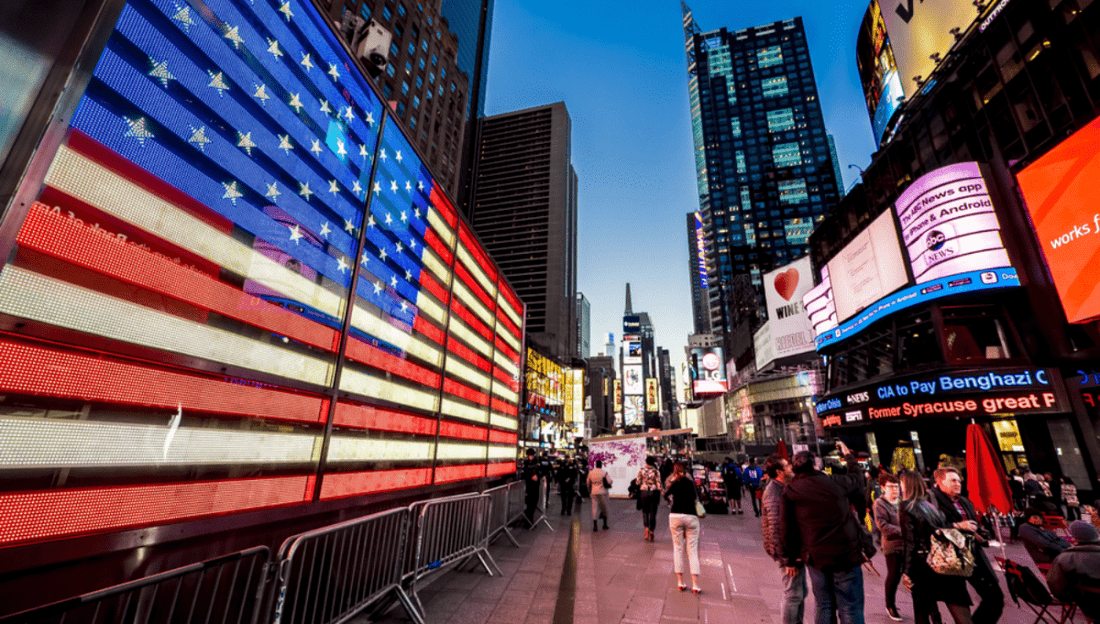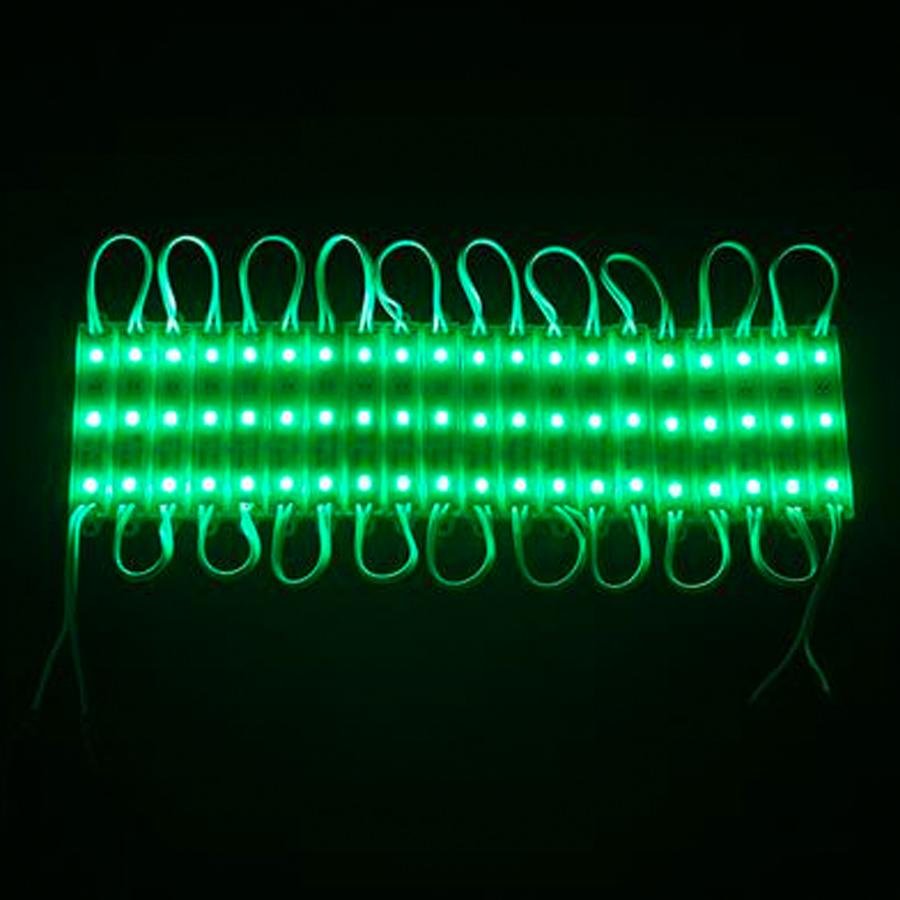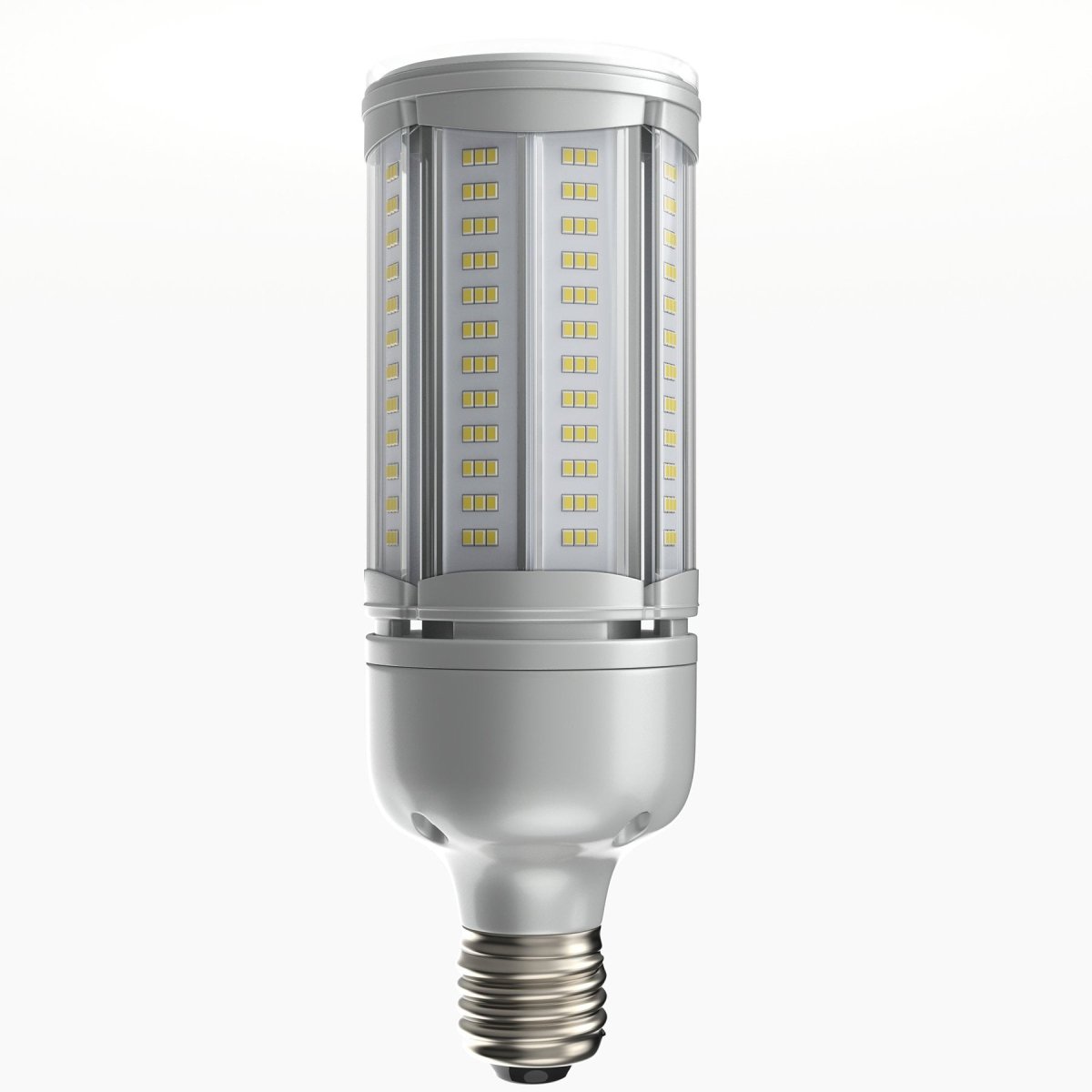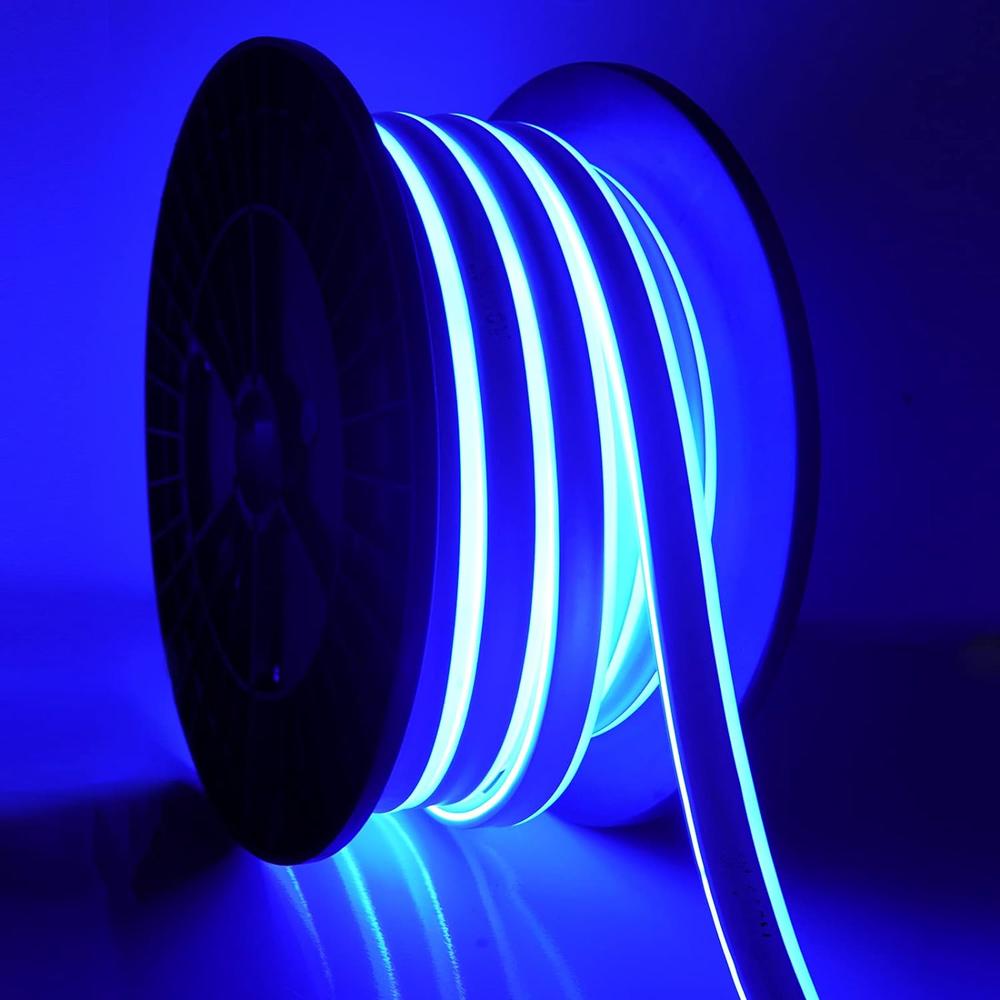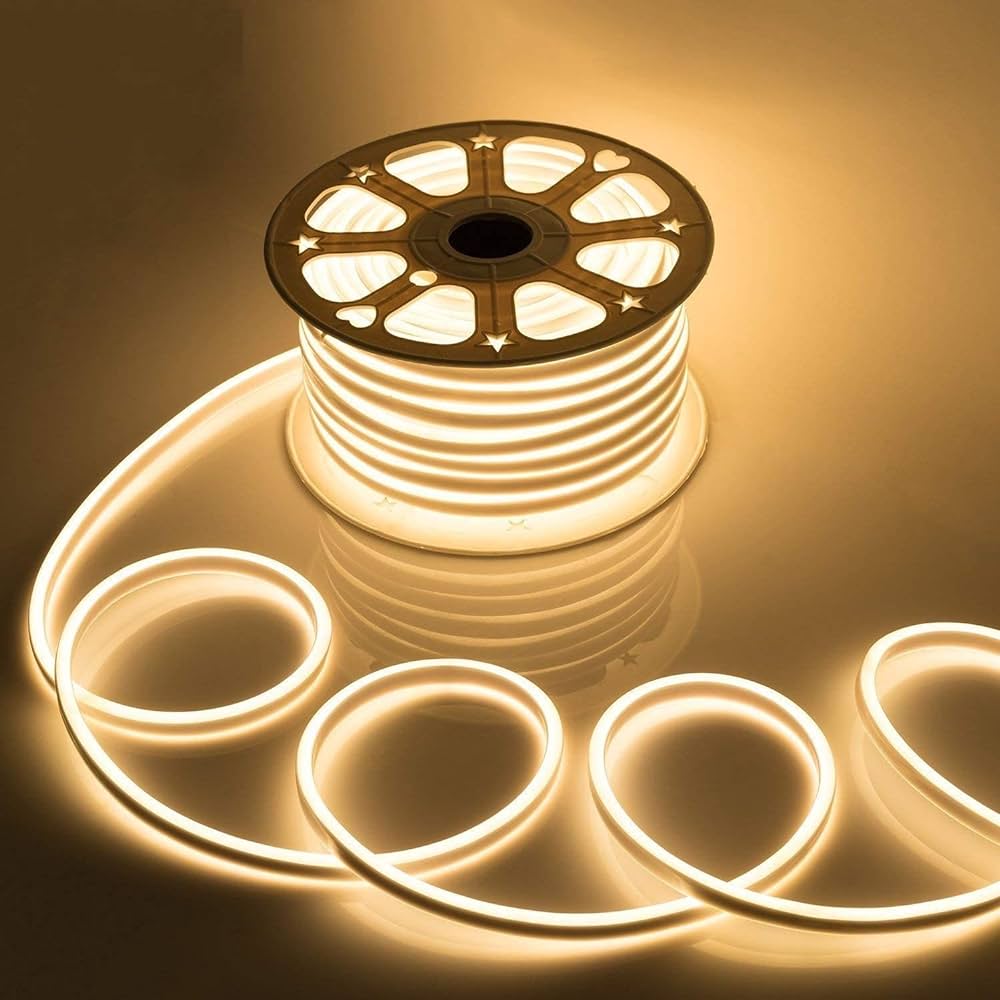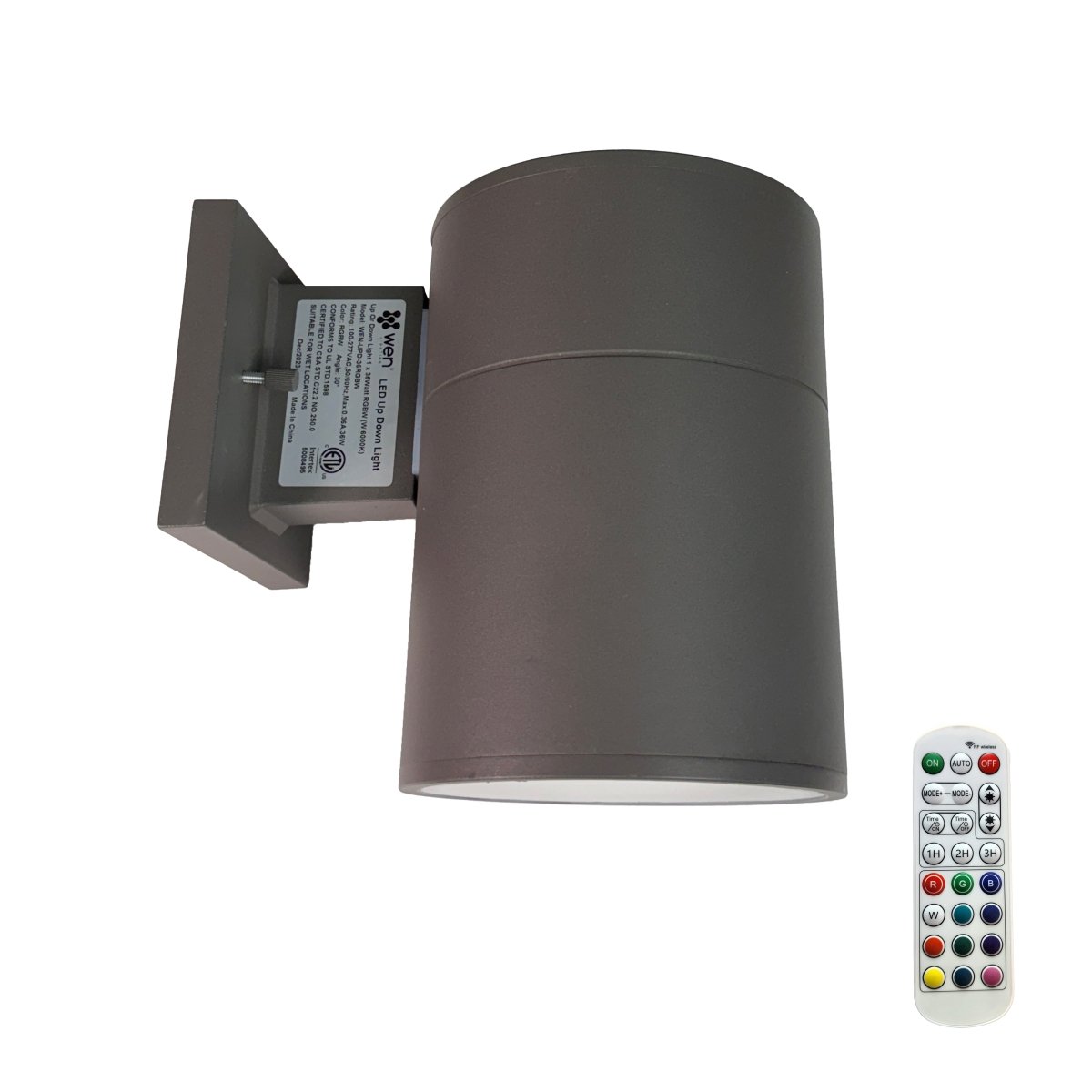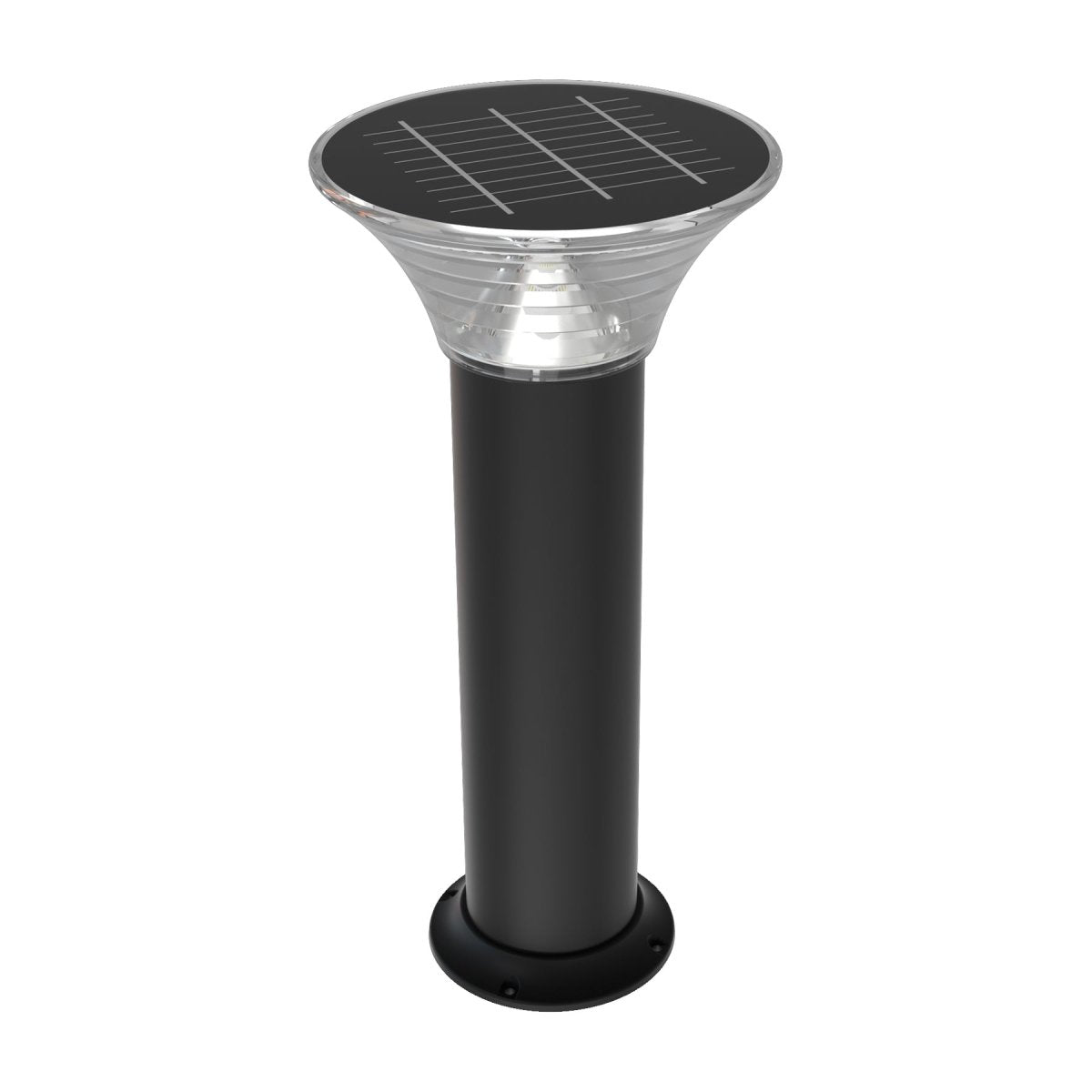In today's world, LED lights have become a popular choice for lighting solutions due to their energy efficiency, longevity, and environmental benefits. But how do these small, powerful lights actually work? In this blog, we will break down the science behind LED lights, explain how they produce light, and why they are the top choice for various applications.
What Are LED Lights?
LED stands for Light Emitting Diode. Unlike traditional incandescent bulbs, which use a filament to produce light, LED lights generate light through an entirely different process called electroluminescence. This process is what makes LED lights much more energy-efficient, longer-lasting, and versatile in design.

How LED Lights Work
LED lights function using a simple mechanism involving two key components: a semiconductor and a current of electricity. Here's a more detailed look at how this works:
1. The Semiconductor
LED lights use a semiconductor material that has two layers: the p-type and the n-type. The p-type is positively charged, while the n-type is negatively charged. The junction where these two layers meet is called the "p-n junction."
2. Electric Current
When electricity flows through the LED, it passes from the negative n-type layer to the positive p-type layer. As electrons move through the semiconductor, they drop into "holes" in the p-type layer. When this happens, energy is released in the form of light photons, which is the visible light we see from the LED.
3. Color of the Light
The color of the light emitted by an LED is determined by the materials used in the semiconductor. Different materials emit different wavelengths of light, producing colors ranging from red and yellow to blue and white. For example, blue LEDs often use a semiconductor made of indium gallium nitride, while red LEDs might use aluminum gallium arsenide.
Benefits of LED Lights
Now that you know how LED lights work, let’s explore why they are increasingly preferred for lighting in homes, businesses, and outdoor settings.
1. Energy Efficiency
One of the primary advantages of LED lights is their energy efficiency. Traditional incandescent bulbs waste a significant amount of energy by producing heat, but LEDs focus most of their energy on producing light. LED lights use up to 80% less energy than incandescent bulbs, making them a cost-effective and eco-friendly option.
2. Long Lifespan
LED lights are known for their longevity. While an incandescent bulb might last around 1,000 hours, an LED light can last up to 50,000 hours or more, depending on usage and quality. This extended lifespan reduces the need for frequent replacements, saving you both time and money.
3. Durability
Unlike traditional bulbs, LED lights are highly durable. They are resistant to shock, vibration, and external impacts, making them perfect for a wide variety of applications, including outdoor and industrial lighting.
4. Environmentally Friendly
LED lights are free of toxic chemicals like mercury, which is found in fluorescent bulbs. They are 100% recyclable, making them an environmentally friendly option for reducing your carbon footprint.
5. Instant Light
LED lights provide full brightness instantly when turned on, without the need for a warm-up period. This is especially useful in applications where immediate lighting is necessary, such as streetlights or headlights in vehicles.
Common Applications of LED Lights
Thanks to their versatility, LED lights are used in a wide range of applications, including:
- Residential Lighting: LEDs are increasingly being used for indoor lighting in homes, including kitchens, bathrooms, and living areas.
- Commercial Lighting: LED lights are widely used in offices, retail stores, and warehouses due to their energy efficiency and durability.
- Outdoor Lighting: LEDs are perfect for outdoor lighting, such as streetlights, floodlights, and security lights, due to their brightness and longevity.
- Automotive Lighting: LEDs are used in car headlights, taillights, and interior lighting, providing bright and efficient light while reducing energy consumption.
- Decorative Lighting: LED lights are commonly used in displays, holiday decorations, and signage due to their ability to change colors and produce creative lighting effects.
The Future of LED Lighting
The future of LED lighting is incredibly promising, with advancements in technology making them even more efficient and versatile. Innovations such as smart LEDs that can be controlled via apps or integrated with home automation systems are becoming more common. Additionally, researchers are working on ways to further reduce the cost of production while increasing the overall efficiency of LEDs.
With growing environmental concerns and rising energy costs, LED lights are set to play a significant role in the future of sustainable lighting.

Frequently Asked Questions (FAQs)
1. Are LED lights more energy-efficient than traditional bulbs?
Yes, LED lights are significantly more energy-efficient than traditional incandescent or fluorescent bulbs. They convert more energy into light rather than heat, using up to 80% less energy.
2. Do LED lights get hot?
LED lights generate much less heat compared to incandescent bulbs, which release 90% of their energy as heat. LED lights remain cool to the touch because they dissipate heat efficiently, making them safer for various applications.
3. Can LED lights be dimmed?
Yes, many LED lights are compatible with dimmers, but it's essential to use dimmers specifically designed for LED bulbs. Not all LEDs are dimmable, so make sure to check the product specifications.
4. How long do LED lights last?
LED lights can last anywhere from 25,000 to 50,000 hours or more, depending on usage and quality. This is much longer than incandescent bulbs, which typically last around 1,000 hours.
5. Are LED lights harmful to the environment?
No, LED lights are environmentally friendly. They do not contain hazardous chemicals like mercury and are 100% recyclable. They also contribute to reduced carbon emissions due to their energy efficiency.
6. Why are LED lights more expensive than traditional bulbs?
While the upfront cost of LED lights may be higher, their long lifespan and energy efficiency make them more cost-effective in the long run. They also save money on electricity bills and require less frequent replacement.
Final Thoughts
LED lights have revolutionized the way we illuminate our spaces, offering a more energy-efficient, durable, and environmentally friendly option compared to traditional lighting solutions. Their ability to produce bright light while consuming less energy has made them the top choice for both residential and commercial applications. As technology continues to evolve, LEDs will undoubtedly remain at the forefront of lighting innovation.
By understanding how LED lights work, you can make more informed decisions about your lighting needs and enjoy the benefits of this remarkable technology.


















































































